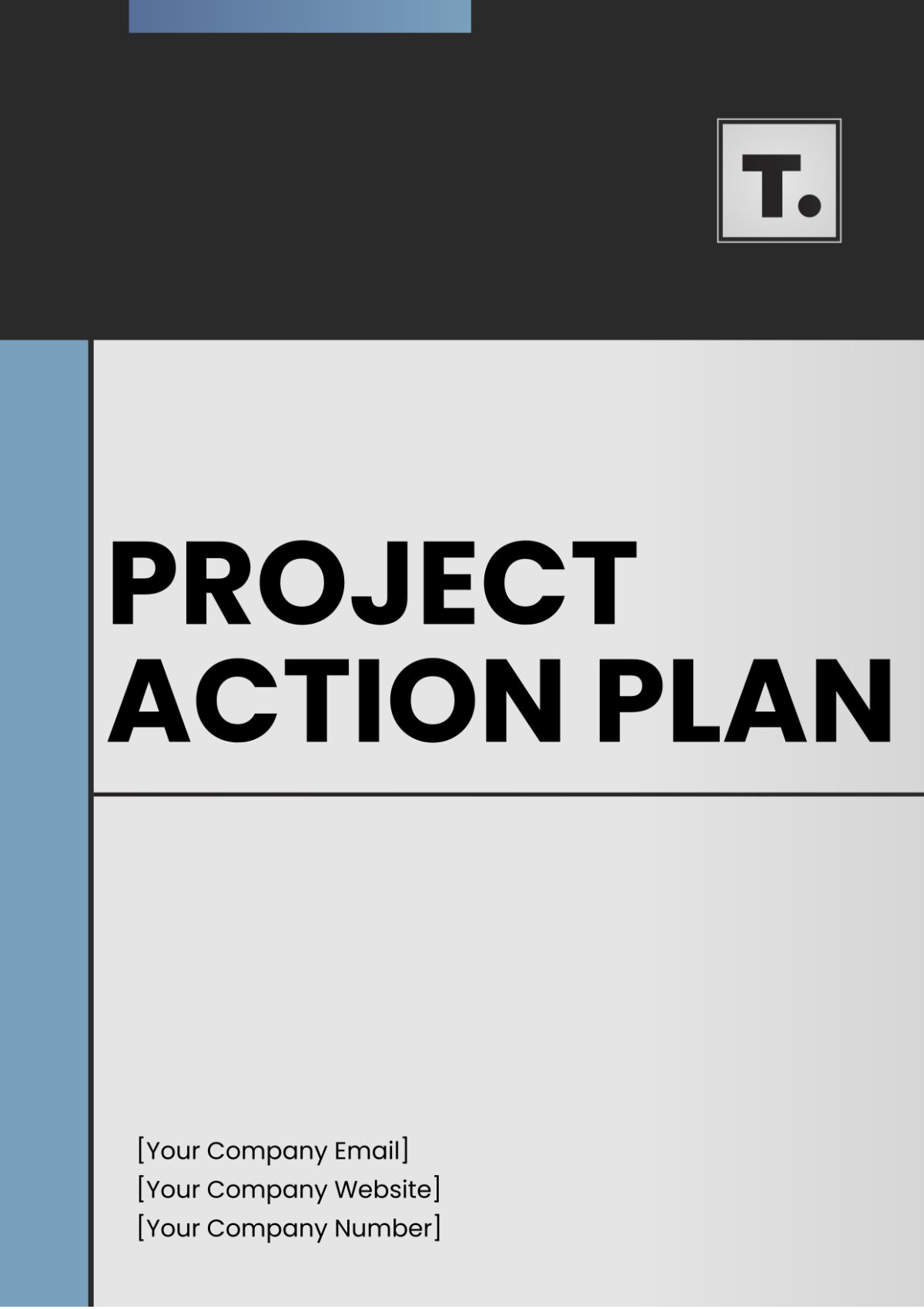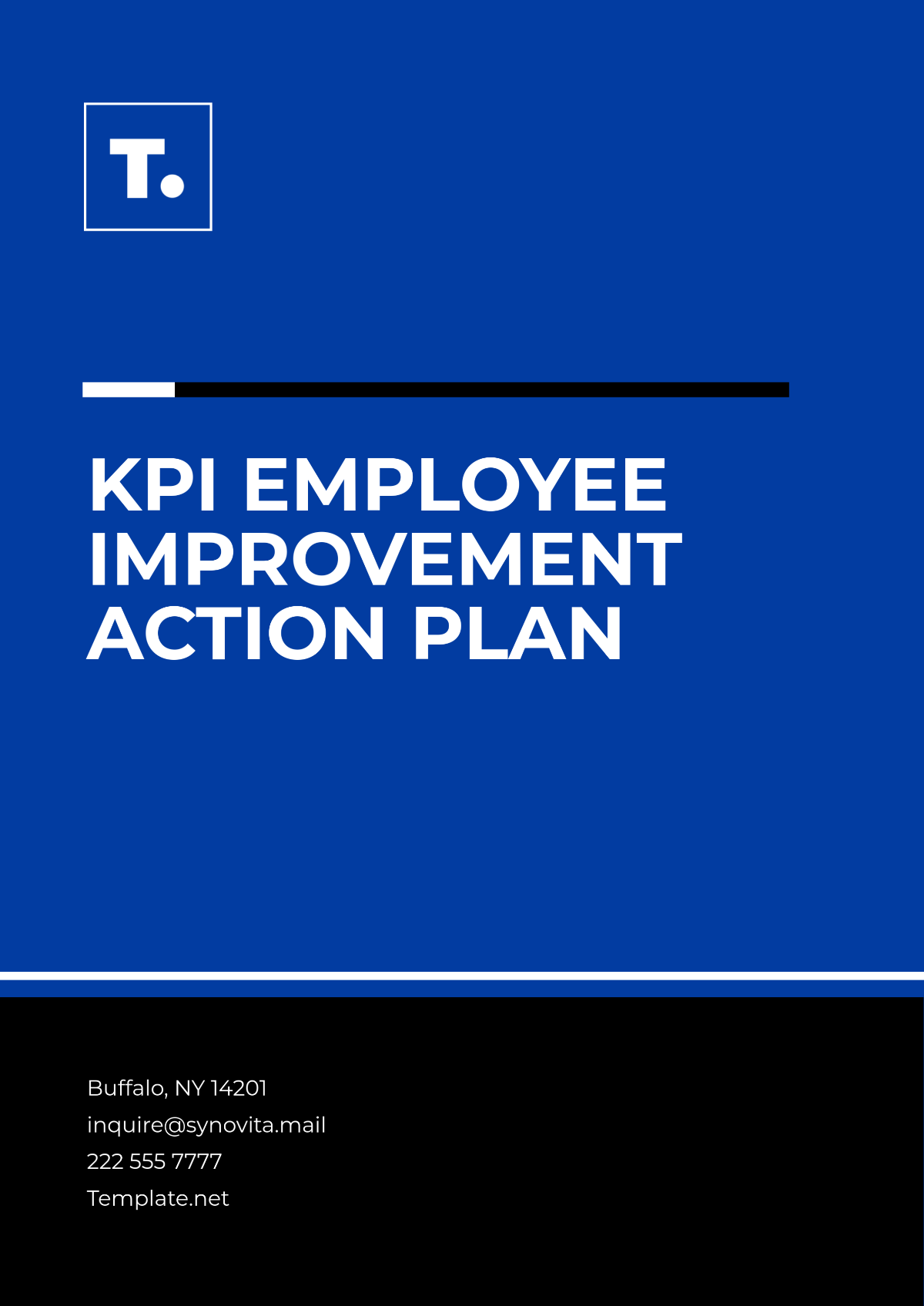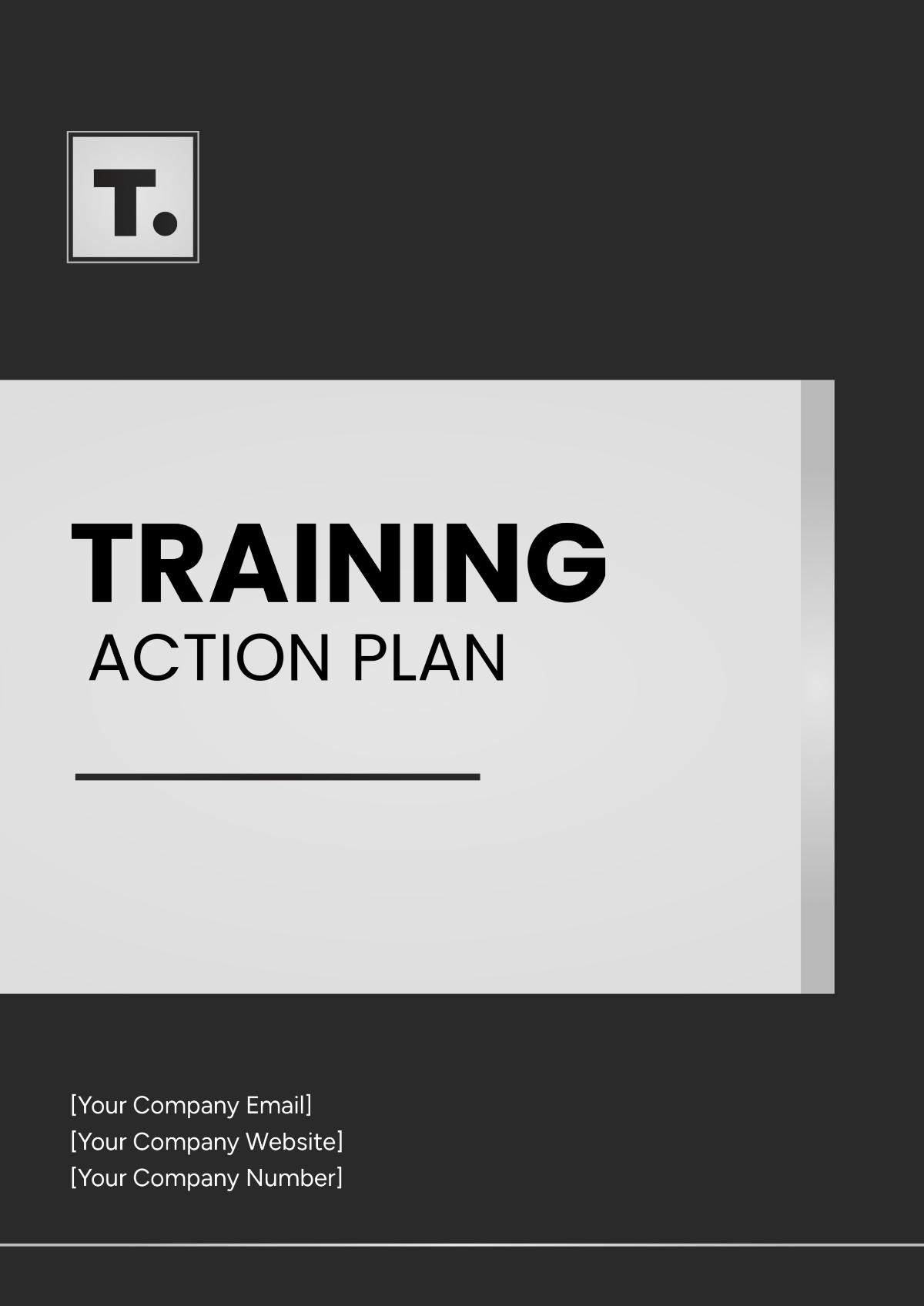Sales Action Plan
Date: [DATE]
Prepared by: [YOUR NAME]
Company: [YOUR COMPANY NAME]
Department: [YOUR DEPARTMENT]
I. Introduction
The purpose of this Sales Action Plan is to outline the strategies and tactics for successfully launching [PRODUCT/SERVICE], a new offering from [YOUR COMPANY NAME], into the market. This plan will guide our sales team in achieving our objectives for this launch, including generating awareness, driving sales, and establishing a strong market presence.
II. Objective
The primary objective of this Sales Action Plan is to achieve a revenue target of $5 million within the first year of launch.
III. Target Market
The target market for [PRODUCT/SERVICE] consists of tech-savvy professionals and businesses in the software development industry. They are typically between the ages of 25-45, working in medium to large-sized companies, and are interested in innovative solutions that can streamline their workflow and enhance productivity.
IV. Product Overview
[PRODUCT/SERVICE] is a comprehensive software development platform that offers a range of tools and features to help developers build, test, and deploy applications more efficiently. Its key features include advanced debugging tools, seamless integration with popular development frameworks, and real-time collaboration capabilities.
V. Sales Strategy
Market Analysis: Conduct a thorough analysis of the software development market, including competitor analysis, SWOT analysis, and market trends. Identify key opportunities and challenges in the market.
Positioning: Position [PRODUCT/SERVICE] as the go-to solution for software developers looking to streamline their workflow and increase productivity. Highlight its unique features and benefits compared to competitors.
Targeting: Develop a targeting strategy to focus on segments of the market most likely to purchase [PRODUCT/SERVICE], such as software development teams in medium to large-sized companies.
Messaging: Create compelling messaging that communicates the benefits and value of [PRODUCT/SERVICE] to software developers, focusing on its ability to save time, improve code quality, and enhance collaboration.
Sales Channels: Identify the most effective sales channels for reaching the target market, such as direct sales through the company's website, online marketplaces, and partnerships with software development conferences and events.
Sales Tactics: Outline specific tactics for generating leads, nurturing prospects, and closing sales, including offering free trials, discounts for early adopters, and personalized demos for interested customers.
Sales Team Training: Provide training and resources to the sales team to ensure they are equipped to effectively sell [PRODUCT/SERVICE], including product training, objection handling techniques, and sales pitch development.
VI. Timeline
Phase | Timeline | Tasks |
|---|---|---|
Market Analysis | Month 1-2 | Conduct competitor analysis, SWOT analysis |
Positioning | Month 2-3 | Define value proposition, differentiation strategy |
Targeting | Month 3-4 | Identify key market segments, develop targeting strategy |
Messaging Development | Month 4-5 | Create compelling messaging for the target audience |
Sales Channels | Month 5-6 | Identify and plan sales channels for the launch |
Sales Tactics | Month 6-7 | Develop lead generation tactics, promotional offers |
Sales Team Training | Month 7 | Provide sales team with training and resources |
Launch and Promotion | Month 8 | Execute launch plan, monitor performance |
VII. Metrics and Measurement
Key performance indicators (KPIs) for measuring the success of the sales action plan include:
Sales revenue
Customer acquisition numbers
Market share
VIII. Budget
The budget required for implementing the sales action plan for [PRODUCT/SERVICE] is estimated at $500,000, including costs for marketing materials, sales promotions, and sales team training.
IX. Conclusion
In conclusion, this Sales Action Plan provides a comprehensive strategy for successfully launching [PRODUCT/SERVICE] into the market. By following this plan, we aim to achieve our objectives and establish a strong market presence for our new offering.

















































